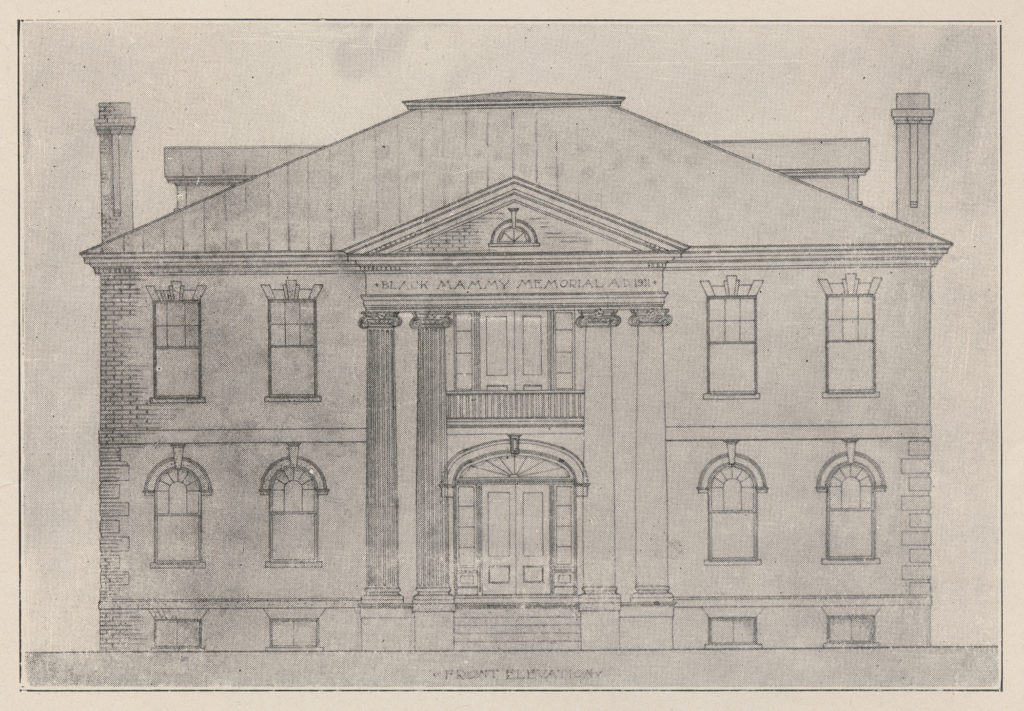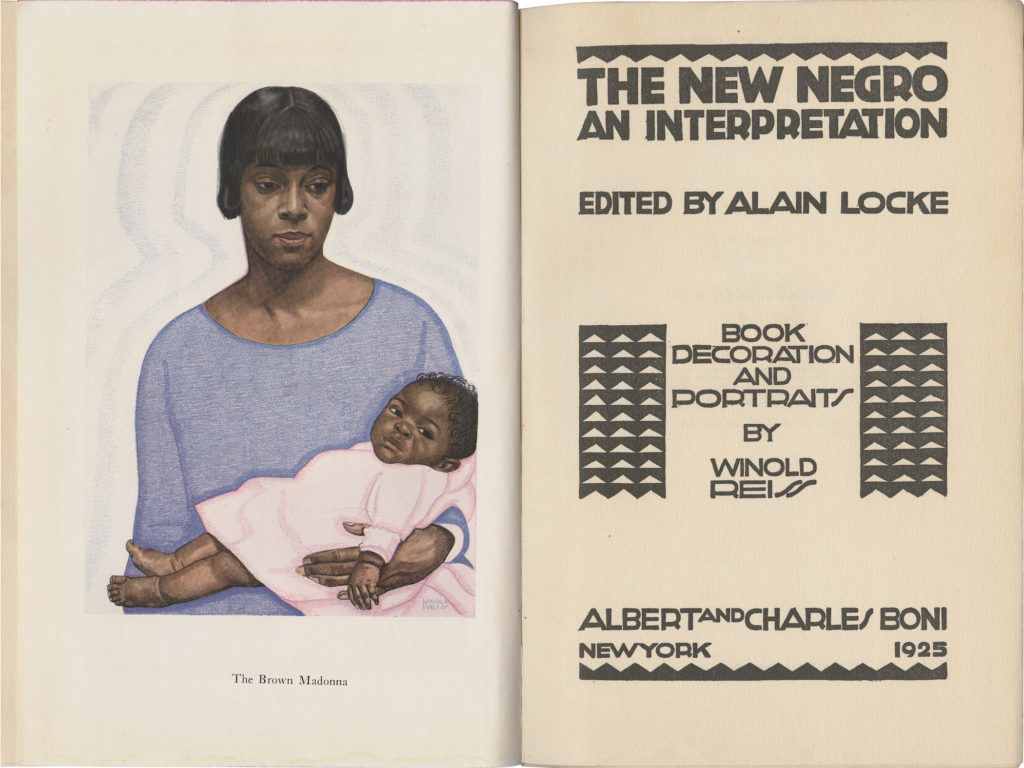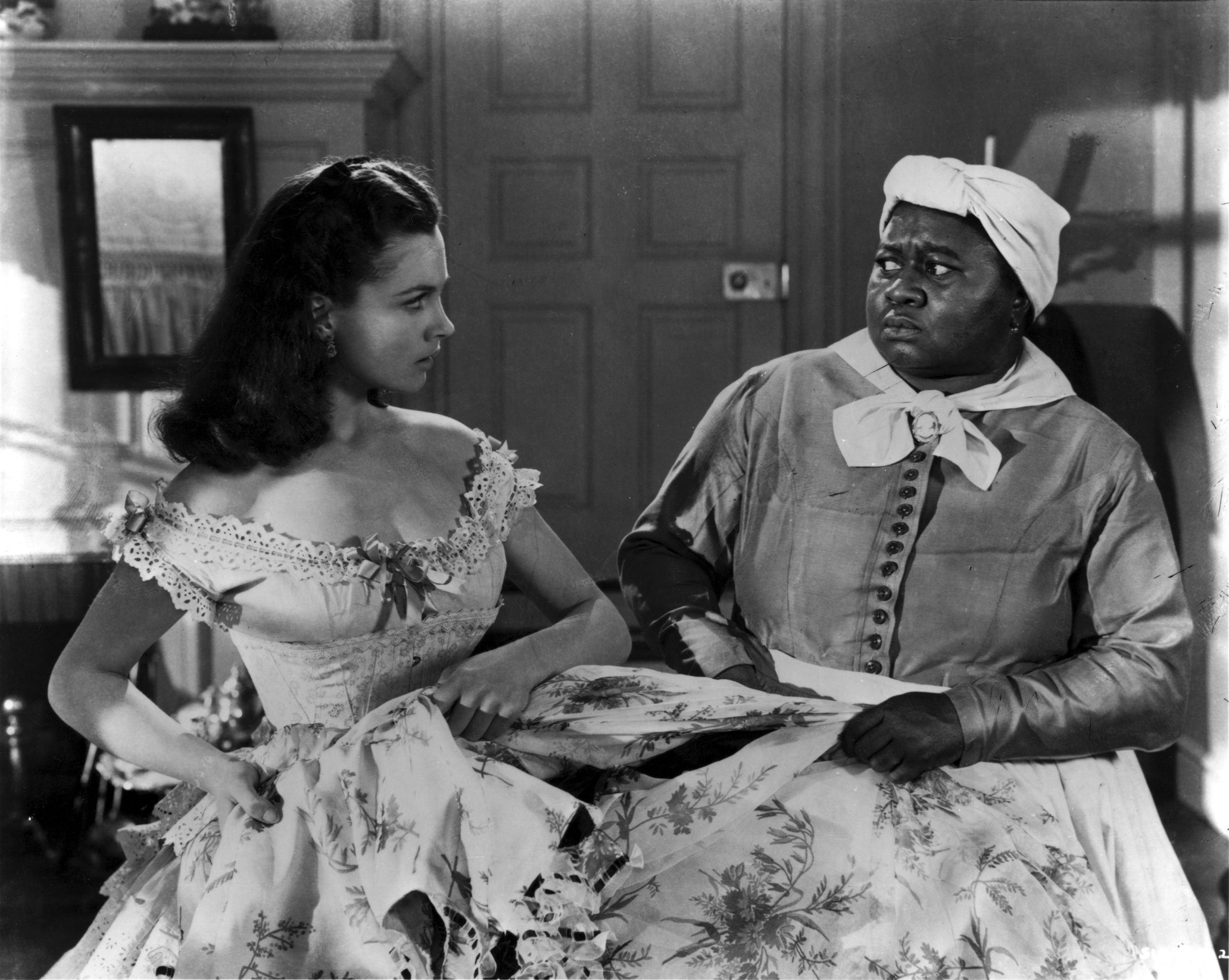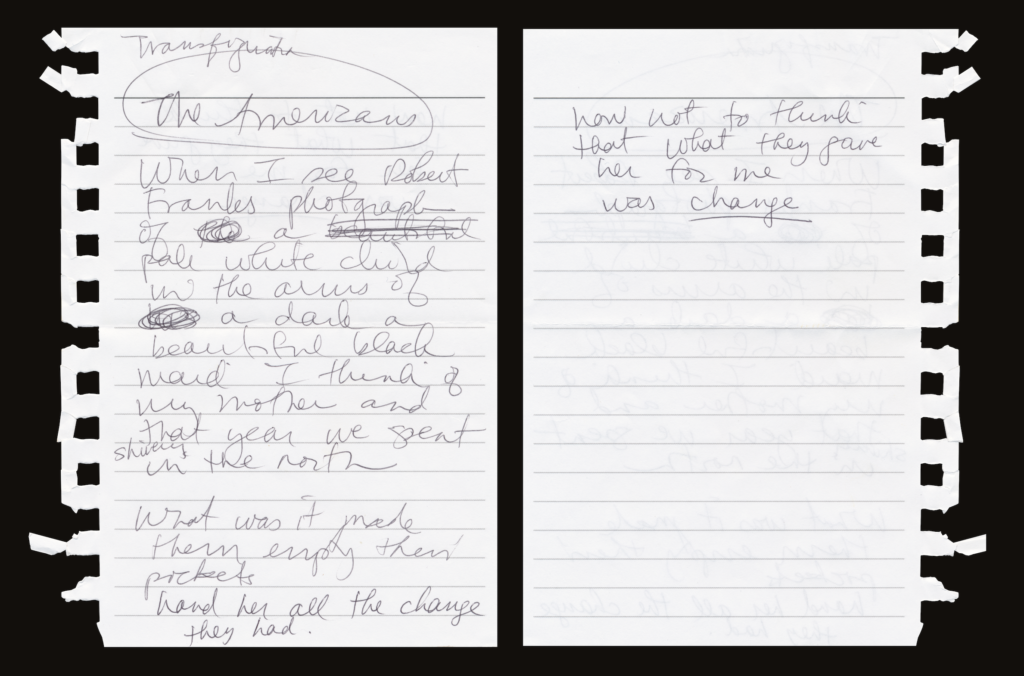Voices from
the Shadows
A look inside the cases
Texts and illustrations from the Stuart A. Rose Manuscript, Archives, and Rare Book Library provide a visual and narrative journey for the compelling nanny portraits in this exhibit. They offer evidence of the fierce and fascinating debate about how the relationship between African American women and white children should be represented.
The examples range from 19th-century southern plantation fiction to 21st-century poetry by
prize-winning poet Natasha Trethewey. The works offer perspectives from both African American and white authors, giving voices to the silent figures in the portraits. Some of the examples are well known, and some are more obscure. This journey raises more questions than answers.
How can we use this exhibit to move forward and challenge ourselves to see the portraits in a new, more compassionate light?
“‘Mammy’ has a peculiar hold on the American psyche. Her image is so overpowering that accurate representations – like these portraits – recede into the shadow of the stereotype.” ― Dr. Wallace-Sanders

A TIMELINE OFVoices

Illustration from “Uncle Tom’s Cabin,” U.S. First Edition, Page 62. Eliza comes to tell Uncle Tom that he is sold, and that she is running away to save her child. Stuart A. Rose Manuscript, Archives, and Rare Book Library, Emory University.
1852
A Different View
In Uncle Tom’s Cabin (1852), Harriet Beecher Stowe presents an abolitionist’s view of slavery and its devastating impact on African American families. In this illustration, Eliza chooses to run away to save her child from being sold. She asks Uncle Tom and Aunt Chloe, a stereotypical mammy character, to help her escape.
View Additional Items from case 1

Illustration of The Black Mammy Memorial Institute. The Black Mammy Memorial or Peace Monument, Athens, Georgia. Athens, GA: Banner Printery, ca. 1910. Stuart A. Rose Manuscript, Archives, and Rare Book Library, Emory University.
1911
The Black Mammy Memorial
In 1911 a small group of southerners drew up a proposal to build “The Black Mammy Memorial Institute“ in Athens, Georgia. The institute’s supporters believed the school would serve multiple purposes: 1. It would honor the African American slave women who served as surrogate mothers and faithful slaves; 2. it would rectify the shortage of domestic servants caused by black migrations to the North; 3. it would reproduce the mammy’s so-called “best qualities” in the next generation of African Americans, teaching cooking, cleaning, sewing and child care.
View Additional Items from case 2

Winold Riess, The brown Madonna, illustration, 1925. Stuart A. Rose Manuscript, Archives, and Rare Book Library, Emory University.
1925
The New Negro and “The Brown Madonna”
W. E. B. Du Bois’s essay “The Black Mother” announced a new representation of African American maternity as an emblem of the New Negro Movement (aka Harlem Renaissance). This is most apparent in the frontispiece of Alain Locke’s seminal work The New Negro: An Interpretation (1925). German artist Winold Reiss’s drawing of “The Brown Madonna” depicts an African American mother with her own child. Winold Reiss’s drawings of African Americans during the 1920s were considered to be among the first positive depictions of African Americans by a white artist.
View Additional Items from case 3

Characters Scarlet O’Hara and Mammy photographed on the set of Gone With the Wind. Turner Theatrical Library.
1936
Gone With the Wind
Like Uncle Tom’s Cabin, Gone with the Wind (1936) by Margaret Mitchell became a best-selling classic of fictionalized southern life that was later immortalized in film (1939). Mitchell affirms the mythology that mammies were a “special breed” of enslaved women in her characterization of “Mammy,” whose familial ties have been sacrificed so she may belong more fully to the family who owns her. Removing her from contact with her own race, she does not even have a name for herself other than “Mammy.”

Draft of “Help, 1968” by Natasha Trethewey. Stuart A. Rose Manuscript, Archives, and Rare Book Library, Emory University.
Help, 1968 (Transfiguration, 1968) Excerpt.
1968
A Woman Who Must Be The Maid
Natasha Trethewey begins “Help, 1968″ (previously titled “Transfiguration, 1968”) by comparing the Robert Frank photograph Charleston, South Carolina ( “of a white infant in the dark arms / of a woman who must be the maid,” with her own mother when she writes, “I think of my mother and the year / we spent alone—my father at sea.” Trethewey remembers that her mother, whose skin was darker than hers, was mistaken for her nanny: an assumption based on the prevalence of African American women taking care of white children.
View Additional Items from Case 4
Accessing these Materials
Using Rose Library
The Rose Library is located in the Robert W. Woodruff Library in the heart of Emory University’s main Atlanta campus. We are a closed-stacks library which means that all of our holdings are accessible only in our on-site reading room. However, we welcome all researchers, whether you are researching an academic work or fulfilling a personal passion. You can use the below information to plan a visit or contact us with questions.
The Emory University Libraries Stuart A. Rose Manuscript, Archives, & Rare Book Library promotes access and learning, equity and justice by documenting, preserving and making accessible distinctive and diverse collections and records; fostering original research and critical engagement with the past by engaging diverse communities through innovative outreach, programming, and exhibitions.
Preparing for a research visit
Click the link below to find all of the information you need to prepare for a research visit to Rose Library. If you have any questions, please contact us at rose.library@emory.edu or 404-727-6887.
Prepare for A Research Visit
Regular Operating Hours
MONDAY-FRIDAY: 9:00am-5:00pm
SATURDAY: By Appointment Only
SUNDAY: Closed
Library hours are subject to change. Please confirm we are open by clicking the link below.
Rose Library Hours
Making an appointment
Click on the link below to read our guidelines and make an appointment at the Rose Library.Make an Appointment
Requesting Materials
Visitors to Rose Library are encouraged to register and submit a materials request in advance of their arrival. This can be done through either Emory’s book catalog, Library Search, or Emory’s FindingAids Database. Once you find an item you want, choose the “Request from…” link to create a user account and then submit the request. Scroll down for video tutorials on requesting.
Request Materials



